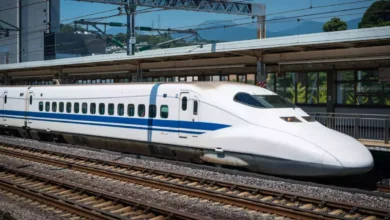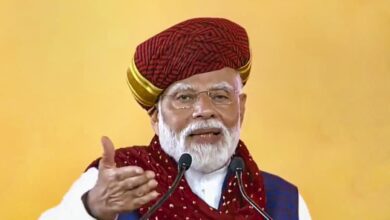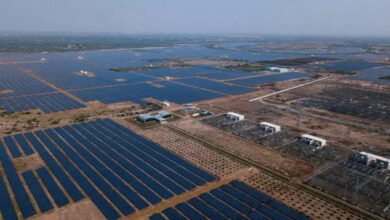Mumbai’s Atal Setu earns ₹14 Crore toll, over 8.13 lakh vehicles use MTHL in one month
It witnessed its highest revenue contribution from Fast Tags, amounting to ₹13,70,96,815, followed by cash toll collections totalling ₹87,04,925
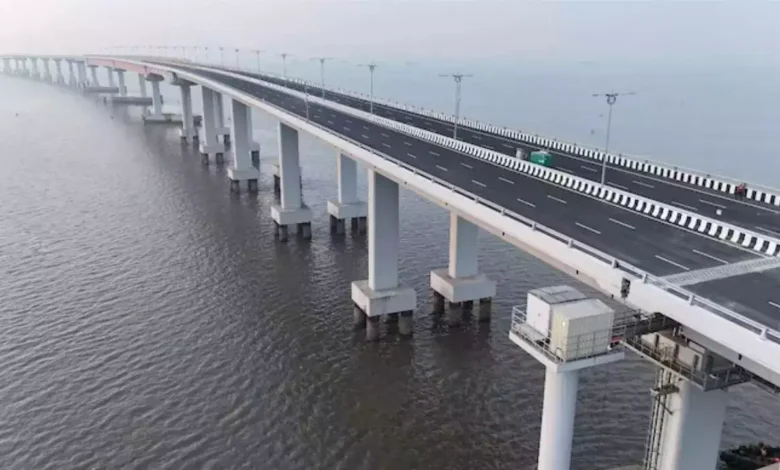
Atal Setu, India’s largest sea link bridge, which was inaugurated by Prime Minister Narendra Modi just a month ago, had collected a toll revenue of approximately ₹13.95 crore. The data shows that between January 12 and February 13, a total of 8,13,774 vehicles used this bridge.
Of the vehicle count, the majority comprised cars, totalling around 7.97 lakh. Contrarily, the number of commercial and multi-axle vehicles fell short, with only 21 oversize vehicles and 5,709 multi-axle vehicles recorded. Additionally, 2,172 three-axle vehicles and 4,778 private buses and trucks used the Atal Setu, alongside approximately 3,516 mini-buses.
In its first month, the Atal Setu witnessed its highest revenue contribution from Fast Tags, amounting to ₹13,70,96,815, followed by cash toll collections totalling ₹87,04,925. Notably, motorists not having Fast Tags got fines amounting to ₹1,50,99,160, with an additional ₹62,16,430 collected from vehicles with inactive Fast Tags.
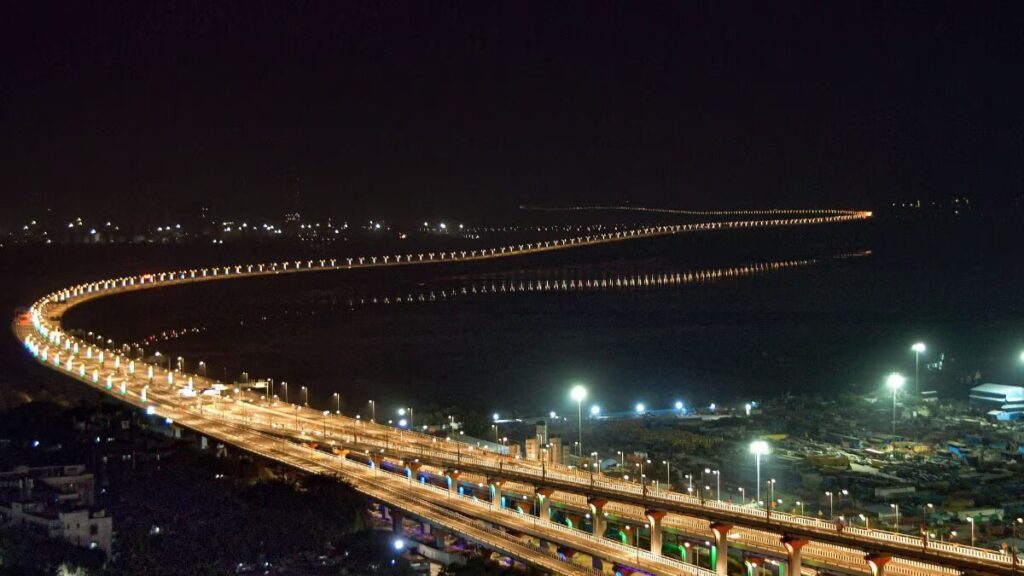
Speeding vehicles on the bridge has become an issue, with 368 high-speed cameras recording vehicles surpassing the permissible limit of 100 kilometers per hour. Among these, a sedan was reported to have reached a speed of 195 kilometers per hour, prompting authorities to caution against such reckless behaviour.
For safety, the Mumbai Metropolitan Region Development Authority (MMRDA) has implemented strict monitoring measures, including a 24×7 control room equipped with advanced surveillance technology. Furthermore, six helpline speakers have been installed to help motorists in emergencies.
MMRDA Commissioner Dr. Sanjay Mukherjee mentioned that the current number of commercial vehicles isn’t high, which has led to the projected vehicle count not being met. However, he attributed this to a lack of awareness among vehicles from outside the area about the bridge. Dr Mukherjee expressed optimism, saying, ‘As people become more aware and time passes, we expect the number of commercial vehicles to increase as users become more familiar with this new connection.'”
Also, Mukherjee pointed out the importance of the Sewri Worli Connector, which is still being built. However, the progress has slowed down because of opposition from people affected by the project. The MMRDA stated that the construction is 65% complete, but it’s not moving as fast as expected due to concerns about the size of the apartments. Once the connector is finished, it’s expected to make up about 15% of the total traffic on the MTHL.
The Sewri Worli Connector will pass through nearly 19 buildings in Elphinstone. Officials estimate that around Rs 3,500 crore will be needed for resettlement, rehabilitation, and land acquisition. Both the MMRDA and BMC will share this cost.
Along these developments, the toll rates for various stretches of the MTHL have been delineated, with the Mumbai Police managing traffic on the Sewri side, while the Nhava Sheva police managing the Navi Mumbai traffic.
Furthermore, an open-road tolling system is adopted for the first time on the MTHL. This means that if a vehicle equipped with FASTag doesn’t have enough balance in its digital wallet, the system detects the vehicle from a distance of 25 meters, and the boom barrier drops down accordingly. The user is fined an additional Rs 50, which is deducted once the FASTag wallet is recharged. The extra Rs 50 is paid to MMRDA by the transport commissioner’s office, as explained by an MMRDA official.
You might also be interested in – The brand new ‘Atal Setu’: What is it and what are its features?

